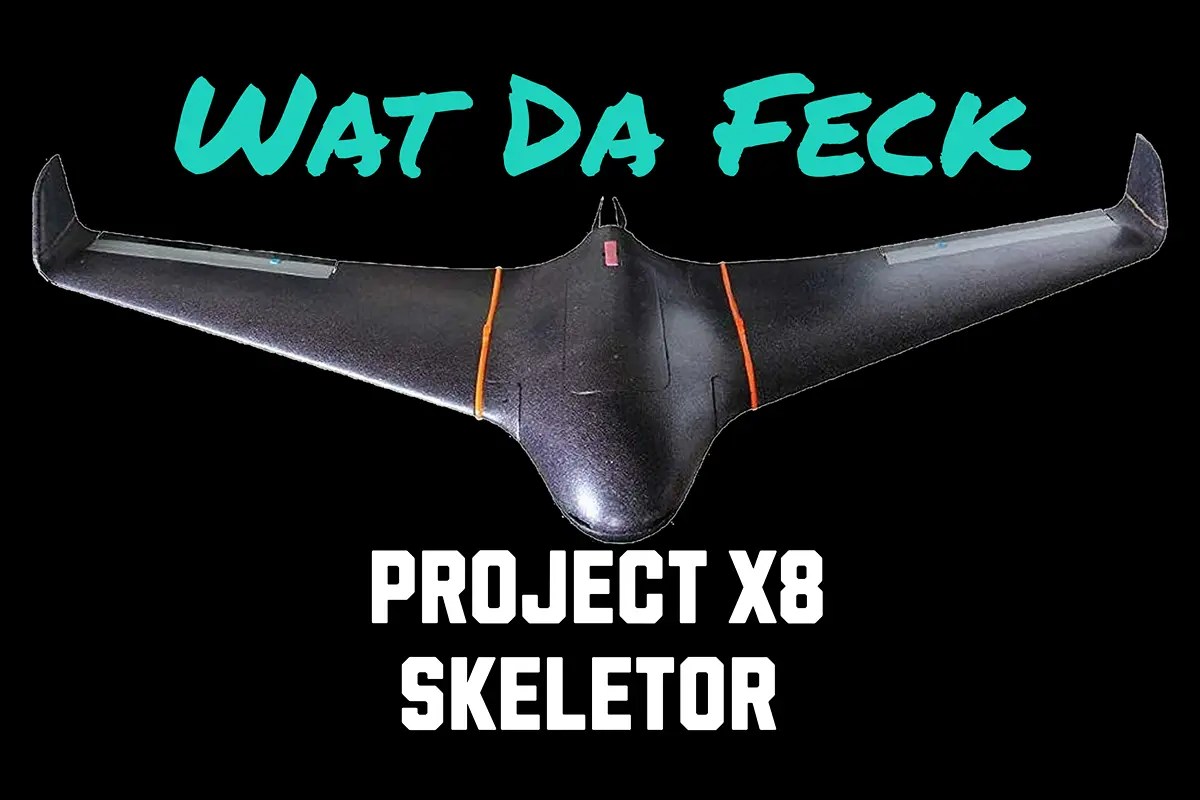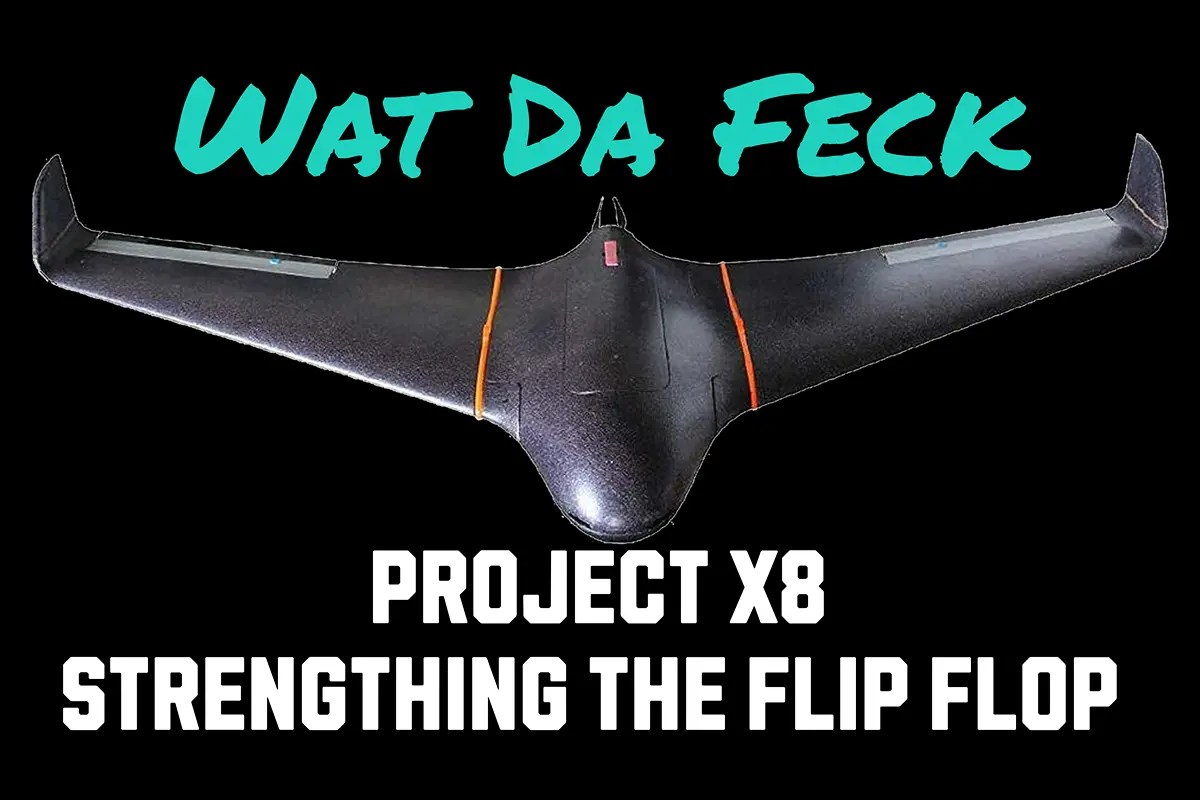If there’s one debate that can split an RC hangar in half, it’s the question of LiPo vs 18650 cells. Both are great. Both are annoying. And both will get you long lectures on RC forums if you ask.
For Project-X8, we went through the numbers, weighed the pros and cons, and ultimately chose LiPo. Here’s the reasoning, calculations, and the random thoughts that led us there.
The Two Contenders
LiPo (Lithium Polymer)
- Pros: High discharge rate (C-rating), great for burst current, compact form factor, easy to source for RC use.
- Cons: Can be a bit “dramatic” if mistreated (aka fireball mode), heavier energy density than 18650, and need careful storage.
18650 (Lithium-Ion cylindrical cells)
- Pros: High energy density (more Wh per gram), cheap (if bought in bulk), safer to store, proven in endurance builds.
- Cons: Lower discharge rates (usually 10–20A per cell), tricky to build proper packs with good balance, heavier for high-current draw, soldering/spot-welding packs isn’t always fun.
The Calculations
Target AUW and Power Needs
From our AUW post, the plane weighs in around 4.65 kg.
For stable cruise, a plane like the X8 typically needs about 60–80 W per kg.
- At 4.65 kg → ~280–370 W cruise
- For climbs and safety margin → aim for 600–800 W available
At 6S (22.2 V nominal):
- Cruise current = 280 ÷ 22.2 ≈ 12.6 A
- Full power current = 800 ÷ 22.2 ≈ 36 A
So the pack needs to handle 40 A comfortably with bursts higher.
Option 1: 6S LiPo (10,000 mAh, 20–25C)
- Weight ≈ 1,500 g
- Capacity = 10 Ah × 22.2 V = 222 Wh
- Continuous current (20C) = 200 A (!! way above what we need)
- Realistic flight time at cruise = 10 Ah ÷ 12.6 A ≈ 47 minutes
Plenty of headroom, reliable discharge rates, and already “plug and play.”
Option 2: 6S 18650 Pack (3,500 mAh cells, 6S4P = 24 cells)
- Capacity = 6 × 3.5 Ah × 3.6 V = ~302 Wh
- Weight ≈ 1,800–2,000 g (depending on cells and build)
- Continuous current per cell ≈ 10 A → 4P = 40 A max
- Right on the limit for full power demand (not much headroom)
- Flight time at cruise = 14 Ah ÷ 12.6 A ≈ 66 minutes
Yes, more endurance is possible — but heavier, more complex, and right at the edge of safe current draw.
The Trail of Thought
- Do we want max endurance? → 18650 looks tasty with ~66 mins theoretical.
- Do we want stress-free current delivery? → LiPo wins hands down.
- Do we want to spend weekends spot-welding cell packs and worrying about sag under load? → Not really.
- Do we already own LiPos? → Yes. Decision made.
18650 packs shine in low-current endurance builds (like solar drones or lightweight gliders). But the X8, with its FPV kit, sensors, and “let’s not fall out of the sky” requirements, is much happier with a big reliable LiPo.
Final Verdict
We went with a 6S 10,000 mAh LiPo.
Why? Because it hits the sweet spot:
- Enough capacity for ~45–50 minutes realistic flight
- Plenty of current headroom for climbs and “oh no” moments
- Lighter and simpler than a DIY 18650 pack
- Already in the workshop, ready to go
Sometimes the smartest engineering choice is also the easiest one.
So while 18650 packs were tempting for endurance bragging rights, LiPo is the right call for Project-X8’s mix of stability, reliability, and not turning every launch into a gamble.




